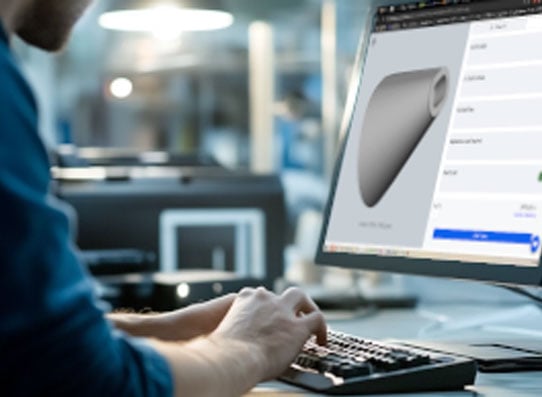The document will be sent to your email and you can review it at your own time, at any time.
2018年11月21日
While all additive manufacturing (AM) processes share the ability to create multifaceted parts with intricate features, each system has its own design guidelines to ensure accuracy and optimize part design for the build process and compatible materials. These design guidelines are usually filed under trade secrets for each manufacturer, which can leave the average design engineer adrift on a sea of 3D printing challenges. To change that, we're sharing our expertise on SLS gained from over two decades of working with the technology in a thorough guide.
In our new white paper, we've compiled some of the most important design considerations for any Selective Laser Sintering project, including:
All of these guidelines are validated by test data from the University of Texas at Austin and Stratasys Direct Manufacturing.
While all additive manufacturing (AM) processes share the ability to create multifaceted parts with intricate features, each system has its own design guidelines to ensure accuracy and optimize part design for the build process and compatible materials. These design guidelines are usually filed under trade secrets for each manufacturer, which can leave the average design engineer adrift on a sea of 3D printing challenges.
Through years of trial and error, Stratasys Direct Manufacturing has gathered the most efficient design guidelines for one of the most secretive 3D printing technologies: Selective Laser Sintering. This article details a study undertaken by Stratasys Direct Manufacturing and student’s from the University of Texas (UT) at Austin which vetted the tolerances for some of the most challenging SLS design features such as minimum wall thickness, optimal build orientation for small to large features, and feature distances and areas in relation to part walls.
Our goal is to make the information collected within the UT study well-known to the average design engineer and present working expectations for what SLS can do, and therefore minimize errors and achieve consistently successful SLS parts. Download the white paper now to learn more about the curated data.

Simply upload your design to RapidQuotes™, customize your options, and receive pricing details for fast, precise manufacturing.
Medical Materials Guide with PolyJet, SLA, MJF, SLS, SAF, P3 DLP, and FDM, plus biocompatibility, specs, certifications, and sterilization data.
View moreAchieve smooth, production-ready 3D printed parts with vapor smoothing at Stratasys Direct. Improve surface finish, strength, and appearance for end-use applications.
View moreMedical Materials Guide with PolyJet, SLA, MJF, SLS, SAF, P3 DLP, and FDM, plus biocompatibility, specs, certifications, and sterilization data.
Achieve smooth, production-ready 3D printed parts with vapor smoothing at Stratasys Direct. Improve surface finish, strength, and appearance for end-use applications.